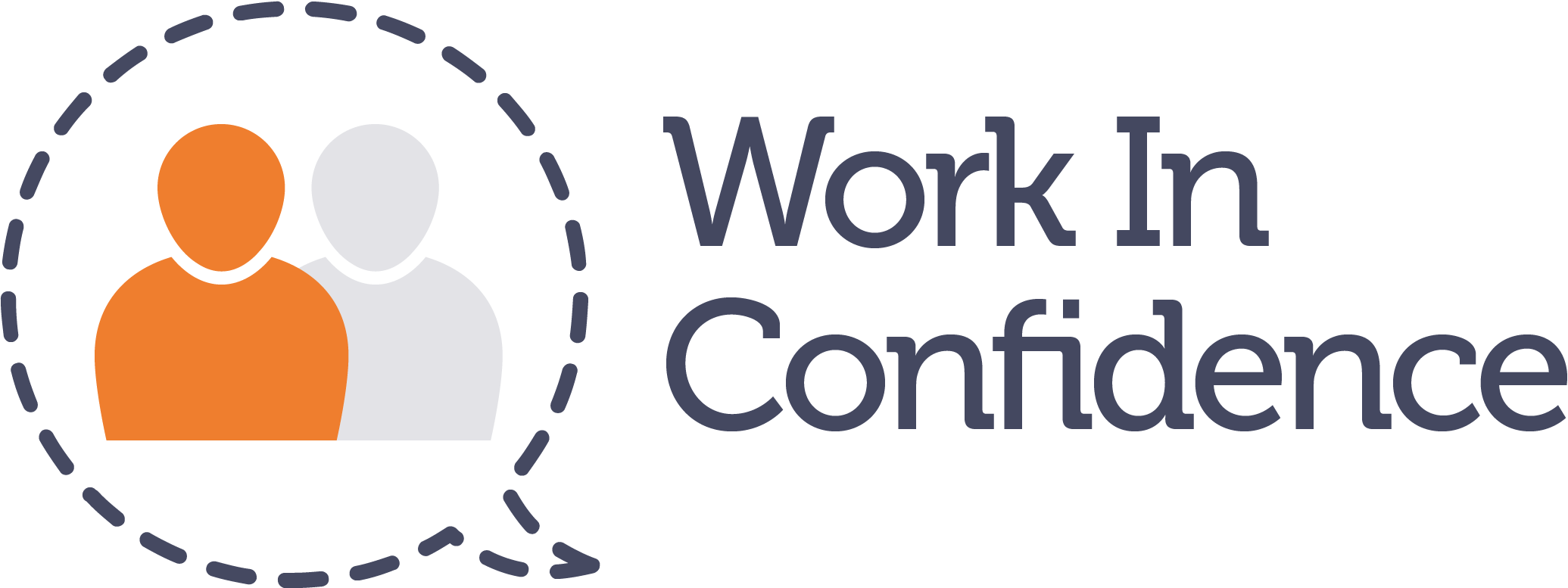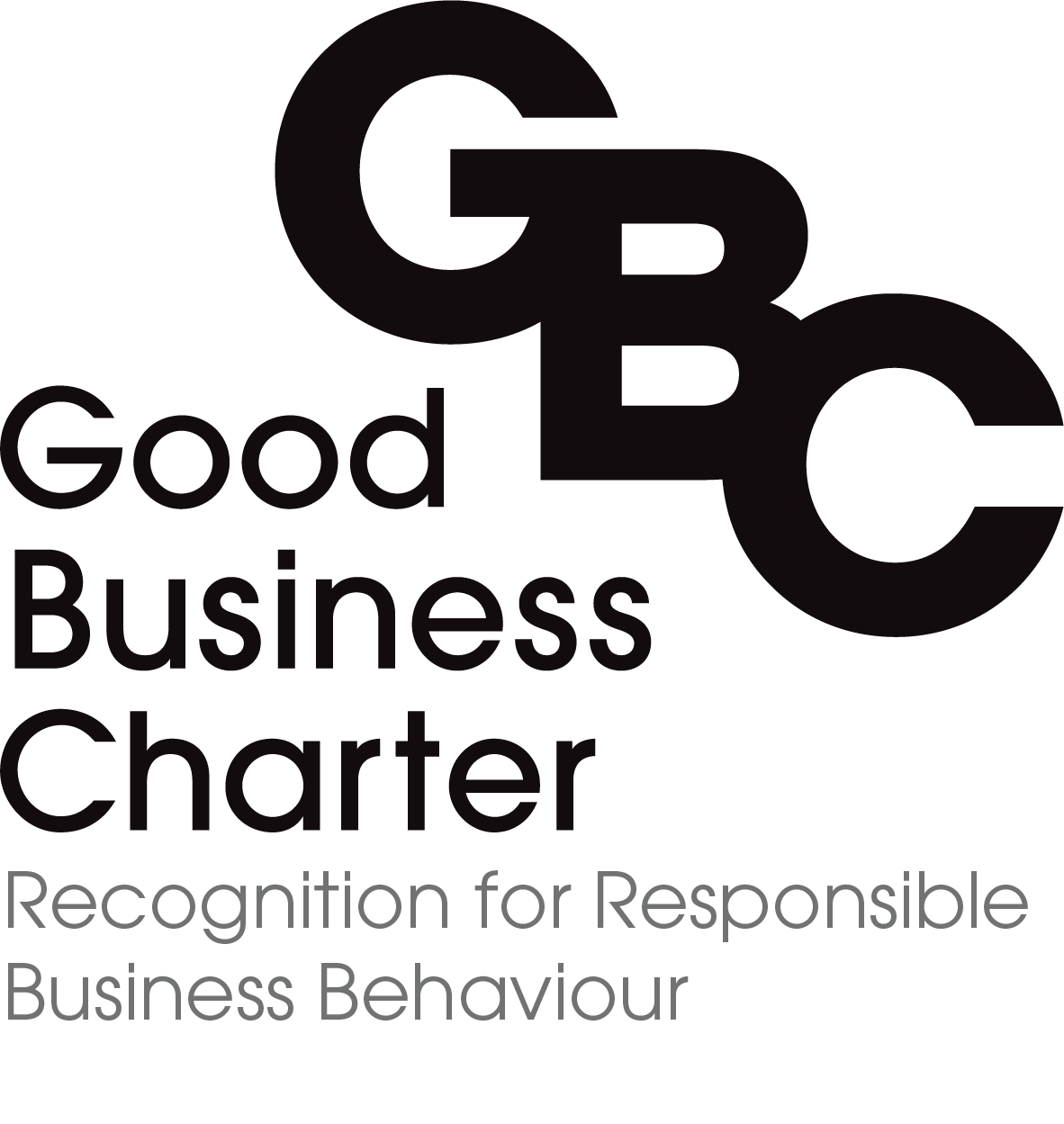#BalanceForBetter
International Women’s Day is 8th March 2019 and the theme is #BalanceforBetter. Collective action and shared responsibility for driving a gender-balanced world is key. International Women’s Day is a global day celebrating the social, economic, cultural and political achievements of women – while also marking a call to action for accelerating gender balance.
In this article we take a look at some of the gender-balance issues affecting women in the workplace.
Sexual Harassment
As long ago as 2016 TUC found that more than half (52%) of 1,533 women surveyed said that they had experienced sexual harassment in the workplace: In 88% of cases the perpetrator was male; and almost a quarter (23%) had been victims of unwanted touching and 20% had been subject to uninvited verbal sexual advances.
Of those who have experienced sexual harassment, 79% did not inform their employer with:
Of those who have experienced sexual harassment, 79% did not inform their employer with:
- 28% citing not wanting to negatively impact relationships at work
- 20% being too embarrassed to talk about it
- 15 per cent feeling it could negatively affect their career prospects
- [TUC and the Everyday Sexism Project]
The Gender Pay Gap
ONS research on the Gender Pay Gap found the gap:
- 8.6% for full time employees (although it is close to zero for those employees between 18 and 39 years old)
- 17.9%, among all employees (because more women work in lower paid part-time jobs)
- Widens for those over 30 years old, coinciding with an increase in working part-time from this age
- Occurs in all the main occupation groups, ranging from 4.8% for sales & customer service occupations to 23.9% for skilled trades occupations
- Varies regionally and although it has fallen in all regions since 1998 is still marked with
- London having the widest gap at 13.7%
The ONS note that they cannot take account of job demands and therefore suggest the headline figures for the gap should not be treated as an indicator of whether women are receiving equal pay for equal work. However in January 2018 the ONS published an article “Understanding the Gender Pay Gap in the UK” looking at factors which affect the gender pay gap.
The ONS noted that:
The ONS noted that:
- Although men’s and women’s pay grows for most of their working lives, women’s pay grows less than men’s and ceases growing earlier than men’s.
- Only 36.1% the pay gap appeared to be explained by job characteristic differences in with 63.9% unexplained. [ONS, October 2018]
Sex Discrimination At Work
- Almost a third (31%) of young women reported sex discrimination while working or looking for work.
- Almost one in five (19%) said they are paid less than their male colleagues for the same or similar employment – this was 25% for women aged 25-30.
Recruitment
- A greater percentage of young women (39%) said they had been offered zero-hours contracts than young men (32%). [youngwomensgtrust.org]
Maternity Discrimination
In the UK around 54,000 new mothers lose their jobs each year.
- Around 20% of new mothers have experienced harassment or negative comments from their colleagues or managers when pregnant or returning from maternity leave.
- 7% of new mothers said they were pressured to hand in their notice. [EHRC, 2016]
A Slater & Gordon Survey of 2,000 women in early 2019 found
- Women were encountering a “shocking lack of support” when returning to work, with 56% said they had to express milk in unsuitable places, including bathrooms (30%) the staff room (18 per cent), their car (14%) and at their desk (11%).
- These difficulties caused almost a third (30%) to stop earlier than they would have liked.
Effects
- 52% of young women said their work has had a negative impact on their mental health, compared with 42% of men.
- 40% of young women said it was a “real struggle” to make their cash last to the end of the month, compared with 29% of young men. [Populus Data Solutions for the Young Women’s Trust]
So, what do you do?
What do you do in your organisation to ensure you are following best practice and providing fair opportunities and treatment for women?
How do you guarantee the senior management view of how employees, applicants and other stakeholders are treated actually matches how they feel they are treated?
In Part 2 we will look explore and advise on some actions you should be taking to tackle these issues.
How do you guarantee the senior management view of how employees, applicants and other stakeholders are treated actually matches how they feel they are treated?
In Part 2 we will look explore and advise on some actions you should be taking to tackle these issues.
A safe and secure way for your people to anonymously raise concerns via phone, tablet, or PC, ensuring you are aware of any workplace issues and can respond quickly and accordingly
A secure online place to record, track, update, and report on all speaking up matters, whether raised through WorkInConfidence or directly.
Easily set up, run and interpret surveys on engagement, respect, wellness or other topics to ensure you always understand your people, their needs and motivations.
Demonstrate your commitment to collaboration with discussion boards to accelerate employee engagement and gain greater insights – anonymous if required.
Subscribe for insights
Get actionable employee listening insight & resources, direct to your inbox





